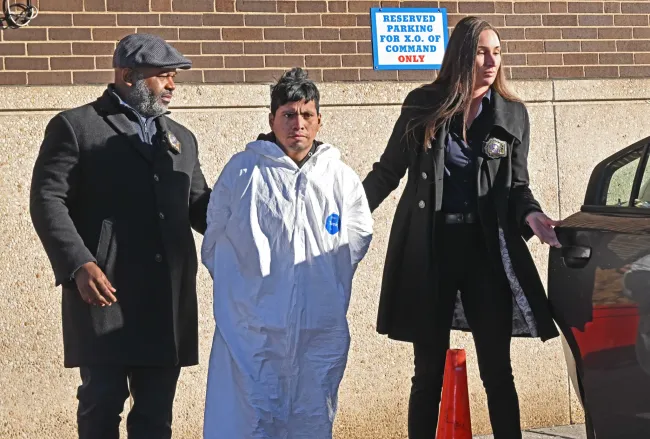How Many More Must Die? NJ Woman Debrina Kawam Named as Victim in Horrific NYC Subway Torching
The burned body of Debrina Kawam, a 57-year-old woman from Toms River, New Jersey, was identified through fingerprints more than a week after she was set on fire aboard a Brooklyn subway train. Police revealed the chilling details on Tuesday, raising the pressing question: how many more tragedies must occur before the city takes action?
Kawam, who was homeless, had been sleeping on an F train at the Stillwell Avenue-Coney Island station on December 22 when Sebastian Zapeta-Calil, an undocumented immigrant from Guatemala, allegedly poured flammable liquid on her and ignited it around 7:30 a.m. Zapeta-Calil now faces first-degree murder charges, and video footage reportedly shows him stoking the flames as Kawam burned alive, before calmly sitting on a bench on the platform, watching her charred remains.
The news came as a shock to Olga Corpion, a Toms River resident who now lives in the home once owned by Kawam’s mother. Corpion recalled an unexpected visit from Kawam shortly after moving in. Kawam had introduced herself, saying she wanted to see her mother, unaware her mother had moved. Corpion described Kawam as appearing unwell and in her 50s, expressing disbelief that the woman who had once stood before her had met such a horrific end.
Neighbors remembered Kawam as a dedicated caregiver to her elderly mother, making her descent into homelessness and her brutal death all the more jarring. Valerie Waskiewicz, a neighbor, said it was incomprehensible that someone like Kawam, once so caring, could end up in such a tragic situation.
Kawam had been living in New York City shelters since at least September 9, briefly staying at the Franklin Williams Women’s Shelter in the Bronx before leaving on December 2. Her life had been marked by struggles, including arrests for alcohol-related offenses, disorderly conduct, and prostitution.
Mayor Eric Adams issued a statement offering condolences, saying the city’s hearts go out to Kawam’s family. However, his words felt empty in a city where the homeless are left to fend for themselves on dangerous subway platforms. Adams insisted that people should not be living in the subway system but in places of care. Yet, this tragedy highlights the city’s failure to protect its most vulnerable.
Meanwhile, Zapeta-Calil, the accused killer, entered the U.S. illegally in 2018, was deported, and somehow returned to New York City. By March 2023, he was living in the city’s shelter system, battling addiction to K2 and alcohol. Fellow shelter residents described him as erratic but harmless—until he allegedly set Kawam on fire.
Raymond Robinson, a shelter resident, recalled that Zapeta-Calil smoked K2, drank heavily, and acted unpredictably, but had never harmed anyone before. Robinson admitted he was deeply shaken, having slept near Zapeta-Calil without ever suspecting he could commit such a violent act.
The question remains: how many more lives must be lost before the city takes meaningful action? Debrina Kawam’s death is not just a tragedy—it’s a stark reminder of the city’s failure to protect its most vulnerable. When will enough finally be enough?
